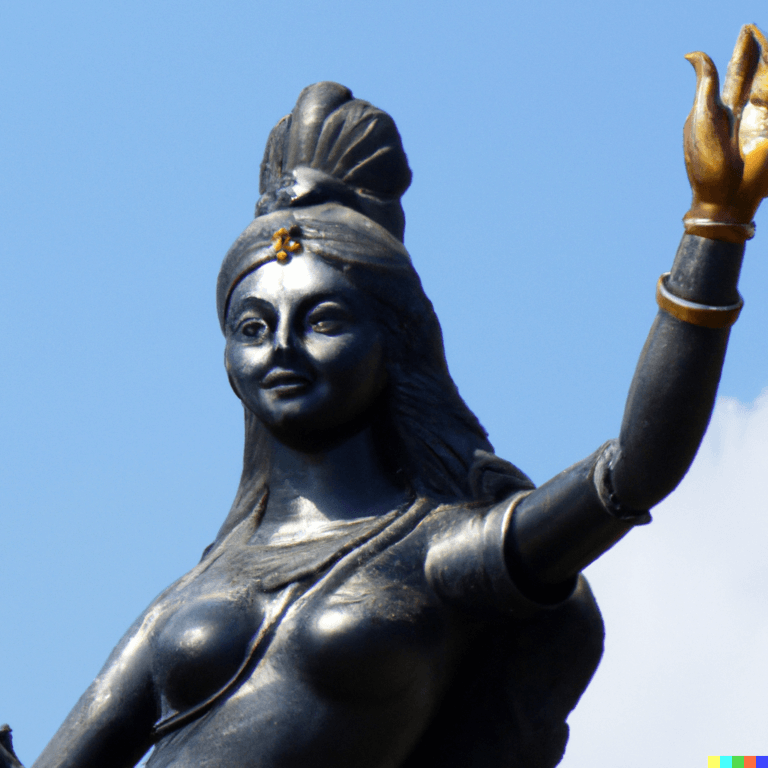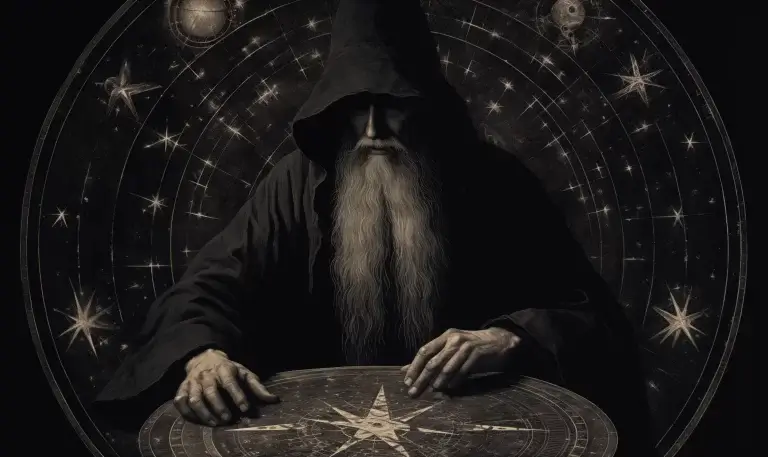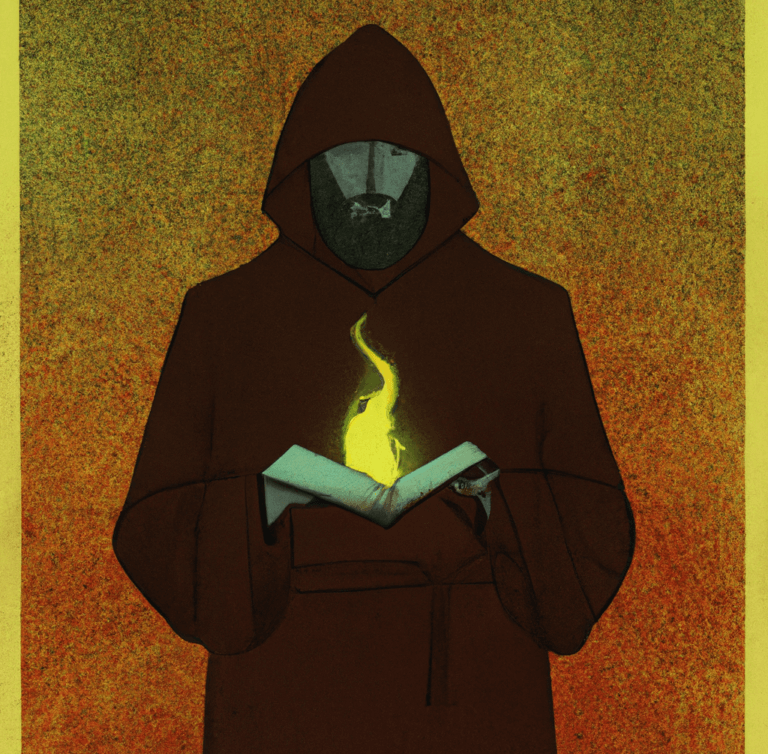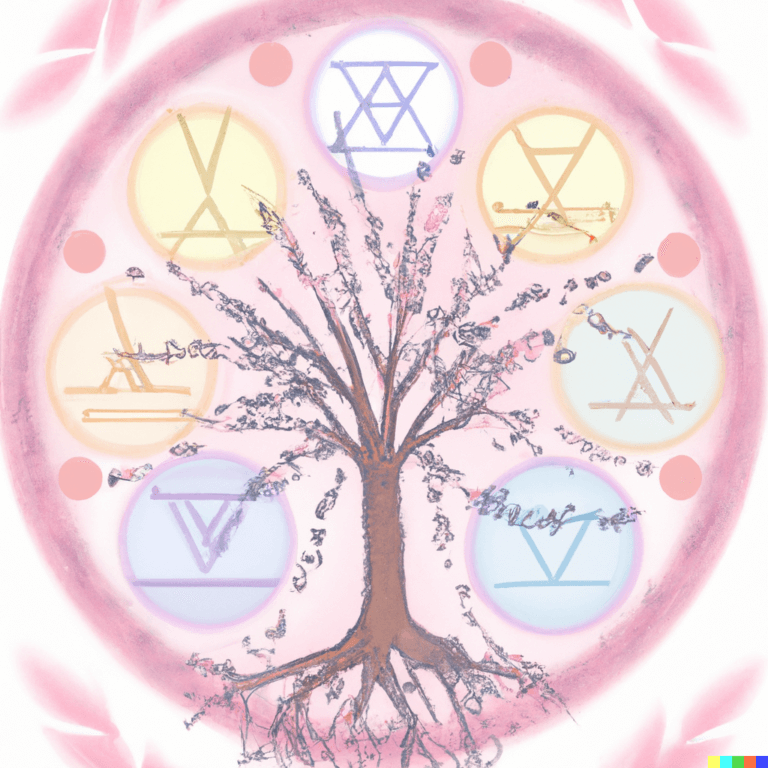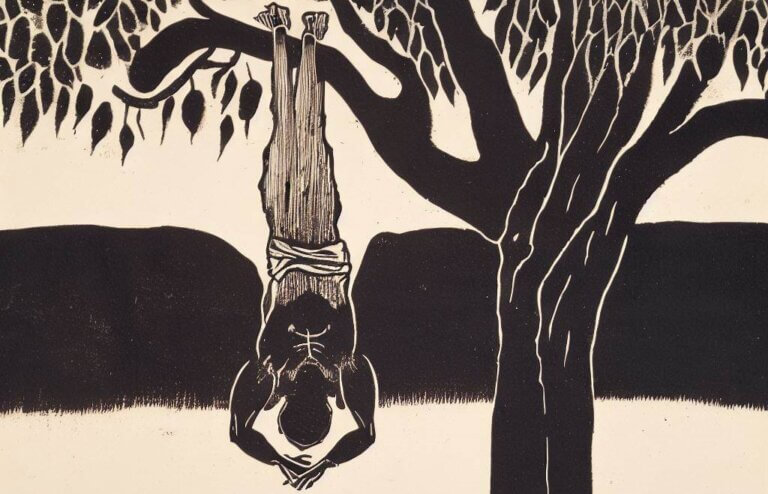The Enochian Tablet of Union: A Keystone of Enochian Magic
The Enochian Tablet of Union stands as a testament to the intricate and symbolic nature of John Dee and Edward Kelley’s scrying work. Acting as the linchpin for the elaborate Enochian system of magic, it functions to harmonize the elemental energies and spiritual entities involved in magical practice. This foundational component not only supports the framework of the Enochian cosmology but also empowers the magicians to perform complex rituals. As a result, it has captivated occultists and scholars alike for centuries, not just for its mystical properties but for the insight it provides into the esoteric thought of the Renaissance period.
Historical Context
The history of the Enochian Tablet of Union is deeply entwined with the biographies of John Dee and Edward Kelley, whose work laid the foundations for Enochian magic. In the late 16th century, these two figures engaged in a series of scrying sessions that would yield one of the most comprehensive and complex systems of Western magic. The Enochian system reflected their deep immersion in the Hermetic and Cabalistic traditions, as well as the scholasticism of their time. The Tablet of Union’s discovery was not just an isolated event but part of a broader narrative of magical exploration and spiritual inquiry during the Renaissance.
Structure and Symbolism
The Tablet of Union’s structure, a square grid comprising 20 squares filled with unique Enochian letters, is central to its function. Each letter serves as a vibrational signature that resonates with specific energies and entities. In practice, the Tablet aligns with the four watchtowers, each representing one of the four alchemical elements and cardinal points. The symbolism extends to represent the metaphysical principles of balance, unity, and the interconnection of the spiritual and material realms. The Enochian letters are not mere alphabetic characters but are believed to be the actual energetic structures of reality, encoded in a divine language.
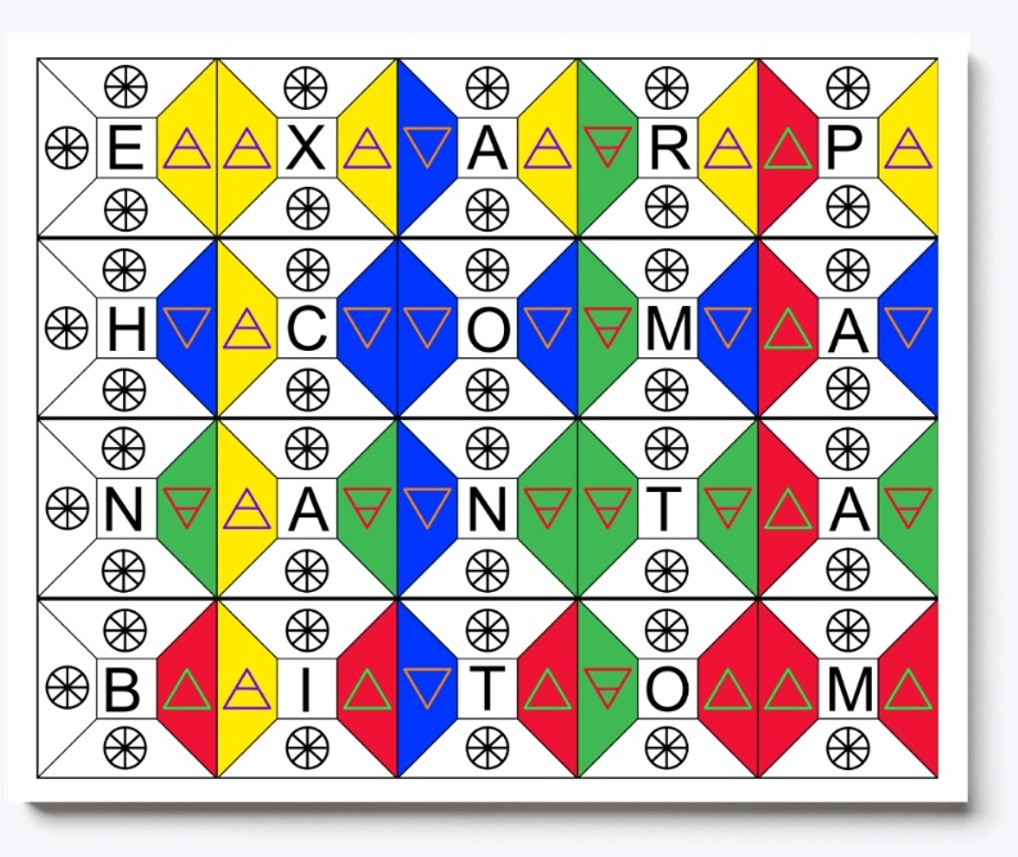
The Function of the Tablet of Union
The Tablet of Union’s function within the Enochian system is multifaceted. It is utilized to balance and harmonize the elemental energies within the magical space and the practitioner’s consciousness. By mediating between the four watchtower tablets, the Tablet of Union facilitates a more profound interaction with the Enochian angels and the elemental energies they govern. This is crucial for magicians seeking to work within the system, as it provides a spiritual ‘center of gravity’ that anchors the ritual space for safe and effective magical work.
God Names and Divine Energy
Each square of the Tablet of Union corresponds to specific “God names,” which serve as invocations for drawing down divine energy. These names are critical for magicians wishing to engage fully with the Enochian system. The act of invoking these names is believed to activate the latent powers of the Tablet, enabling the practitioner to align with the divine will and purpose. This alignment is considered necessary for accessing the higher orders of spiritual reality that the Enochian system maps out.
Operational Use in Rituals
In practical terms, the Tablet of Union is used as a focal point in Enochian rituals. It is through this tablet that magicians begin their operations, ensuring that all elemental forces are acknowledged and unified before proceeding. The operational use of the Tablet in rituals underscores its essential role as a ‘license to depart’ for spirits, a gateway for elemental forces, and as a foundation for constructing the sacred space necessary for initiating contact with the angelic realms.
Scholarly Perspectives
Scholars have provided various interpretations of the Enochian Tablet of Union, often focusing on its contributions to the development of Western occult practices. Some view it as a direct revelation of hidden knowledge, while others approach it as a constructed language with its own internal logic and grammar. Despite these differing viewpoints, the consensus is that Dee and Kelley’s work was ahead of its time, pioneering a system of magic that was both complex and internally consistent, steeped in the mystical Christian tradition and reflecting the intellectual environment of the Renaissance from which it originated.
Practical Considerations and Ethical Implications
Engaging with the Tablet of Union and Enochian magic requires a rigorous understanding of its principles and a strong ethical foundation. Practitioners are advised to study the system thoroughly before attempting any rituals, as the entities involved are considered powerful and potentially dangerous. Ethical considerations are paramount, as the misuse of the Tablet’s energies can lead to negative consequences. Respect for the balance of forces and the intent behind magical work is crucial for safe and responsible practice.
Conclusion
The Enochian Tablet of Union remains a cornerstone of high magical practice, offering a structured approach to engaging with complex spiritual forces. Its enduring appeal lies in its ability to provide a systematized method for practitioners to explore metaphysical principles and exert influence over their environment. Whether one views it as a historical curiosity or a vital tool for spiritual development, the Tablet of Union is an integral part of the legacy of Enochian magic.

